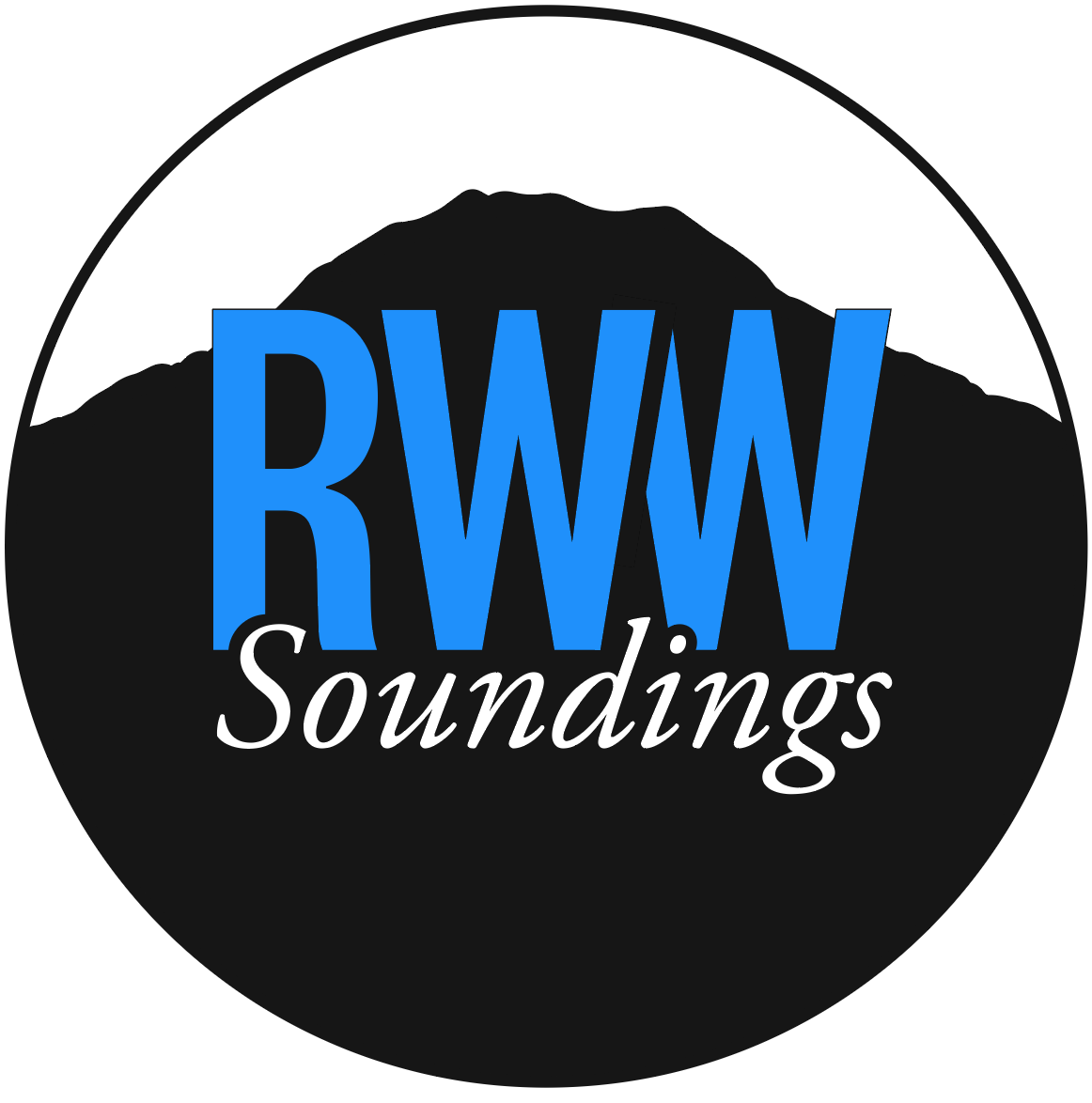Greetings
Greetings, Havoc!
- Havoc can be used as
- A noun
- As in:
- Destruction
- Devastation
- Damage
- As in:
- A verb
- As in:
- To devastate
- To create disorder and
- confusion
- As in:
- A noun
- Synonyms for havoc are:
- Calamity
- Cataclysm
- Catastrophe
- Chaos
- Confusion
- Destruction
- Devastation
- Disruption
- Mayhem
- In the 2014 Fall/Winter Issue of Soundings, the following writers address the concept of havoc as it relates to writing:
- Fleda Brown, Faculty
- “It is absolute havoc in my head.”
- Alicia Hoffman, Class of 2015
- “Havoc has always been an unwanted guest in my home.”
- Sydney Elliott, Class of 2015
- “When you think of havoc and writing, what comes to your mind?”
- C. Dale Young, Recipient of the Stanley W. Lindberg Editor’s Award
- “I don’t think I have ever thought of or used the word ‘havoc’ when thinking about writing. But I am fascinated by it now that it has been called into being.”
- Fleda Brown, Faculty
- Here’s the funny thing about havoc:
- Havoc may seem like chaos in our minds, as a writer’s enemy in the sense that it can confuse and destroy a line of thought but it can also be a place inside of us from which we just write and let everything go and let everything out and it can be both irritable and fulfilling and it can also create a sense of losing control which is perhaps really what spurs our writing and so through welcoming havoc into our writing minds and writing lives we are perhaps creating the best sort of structure for our writing which is to say that it keeps our thoughts going and so what can be better than creating beauty and purpose and complexity from something we usually consider destructive and ruinous?
- Pure mayhem, right?
- Havoc is also how we keep writing
- And, like a run-on sentence
- It shows us what all we are trying to say once we
- Give into it
- Follow it
- Welcome it as a part of our lives
- A part of who we are as
- Writers
- And, like a run-on sentence
- Havoc may seem like chaos in our minds, as a writer’s enemy in the sense that it can confuse and destroy a line of thought but it can also be a place inside of us from which we just write and let everything go and let everything out and it can be both irritable and fulfilling and it can also create a sense of losing control which is perhaps really what spurs our writing and so through welcoming havoc into our writing minds and writing lives we are perhaps creating the best sort of structure for our writing which is to say that it keeps our thoughts going and so what can be better than creating beauty and purpose and complexity from something we usually consider destructive and ruinous?
And so we can greet havoc when it comes roaring. We can toy with it, work with it in our writing to figure out what we want to say. Through havoc, we can better understand ourselves as writers. As I read the essays and interview for this issue of Soundings, I became aware of, as well as in-tune with, my own havoc, how that “chaos” has influenced my writing, and if we let it into our writing—perhaps even weave it together with our intentions and organization—what we present to the world is something that comes from deep within us, something we can look at to see how it is we look at, and then translate, our lives.
I want to thank Fleda, Alicia, and C. Dale Young for their enlightening and vital words and work. A big thanks goes to Paul Davis III for giving us permission to use his fantastic photograph for the cover. I also want to thank Sydney Elliott for coming up with such a great theme for this issue, our new Assistant Editor, Cate Gable, for her hard work, and Garrett Brooks for knowing how to organize all of this and publish it online. Finally, a huge amount of gratitude goes to Sidney Brammer for figuring out how to make sense of all the havoc that is inherently part of putting together a literary journal.
- Welcome to the 2014 Fall/Winter issue of Soundings
- Sincerely
- Chelsey
- Sincerely

